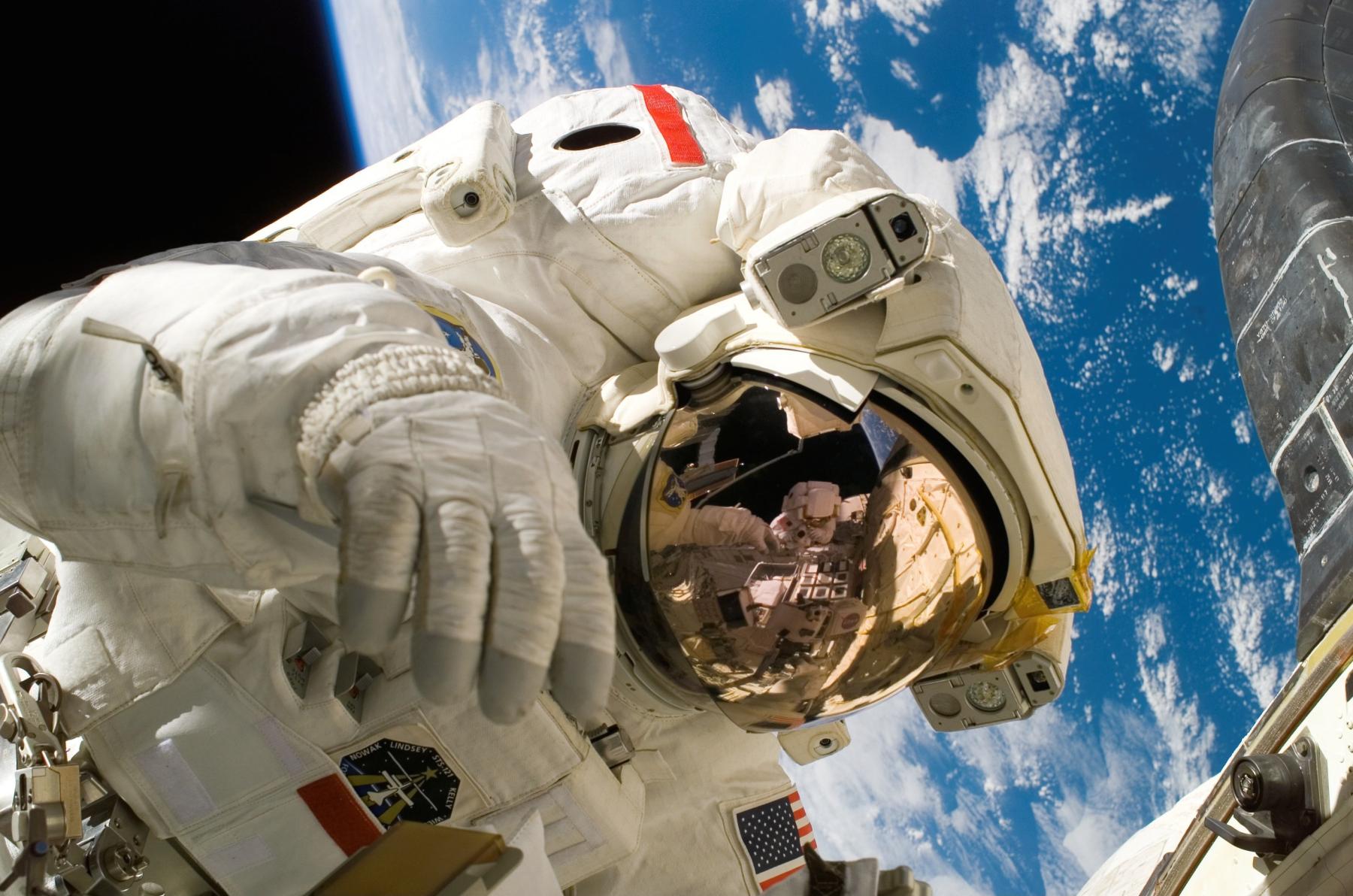
Earth’s Gravity and How it Affects Objects of Different Masses
In this lesson, students will test Earth's gravity and how gravity affects objects of different masses. Students will see that mass does not have an effect but instead air resistance is what causes objects to fall at different rates. Students will use one bolt and one nut and drop it at least 1.75 meters high, students will then drop one bolt and two nuts, and continue this to 6 nuts so they can see that the time it falls is the same or very close to it (human error can affect it).
Students will also practice writing a hypothesis using "if", "then", and "because". Students will calculate the mean (average) of three consecutive trials to figure out if mass plays a role. Students will also create a bar graph and analyze and interpret their data to conclude if the gravity on Earth is affected by different masses.
Lesson Grade Level
7th GradeLesson Plan Link/URL
https://docs.google.com/presentation/d/1JAlczaPigflC2_b2HeyFO3HDcu3d9VBe/edit?u…Related Content

From this lesson, students will discover how friction affects how things move. This is an excellent activity that will allow students to be creative and build a marble run to show friction. This

Students will build the strongest boat they can using only aluminum foil. They will learn about engineering design, water displacement, the effects of gravity, decimal multiplication, and geometry.

This lesson will provide students with hands-on experience to design a roller coaster that will demonstrate transformation and conservation of mechanical energy. Students will learn the concept of

